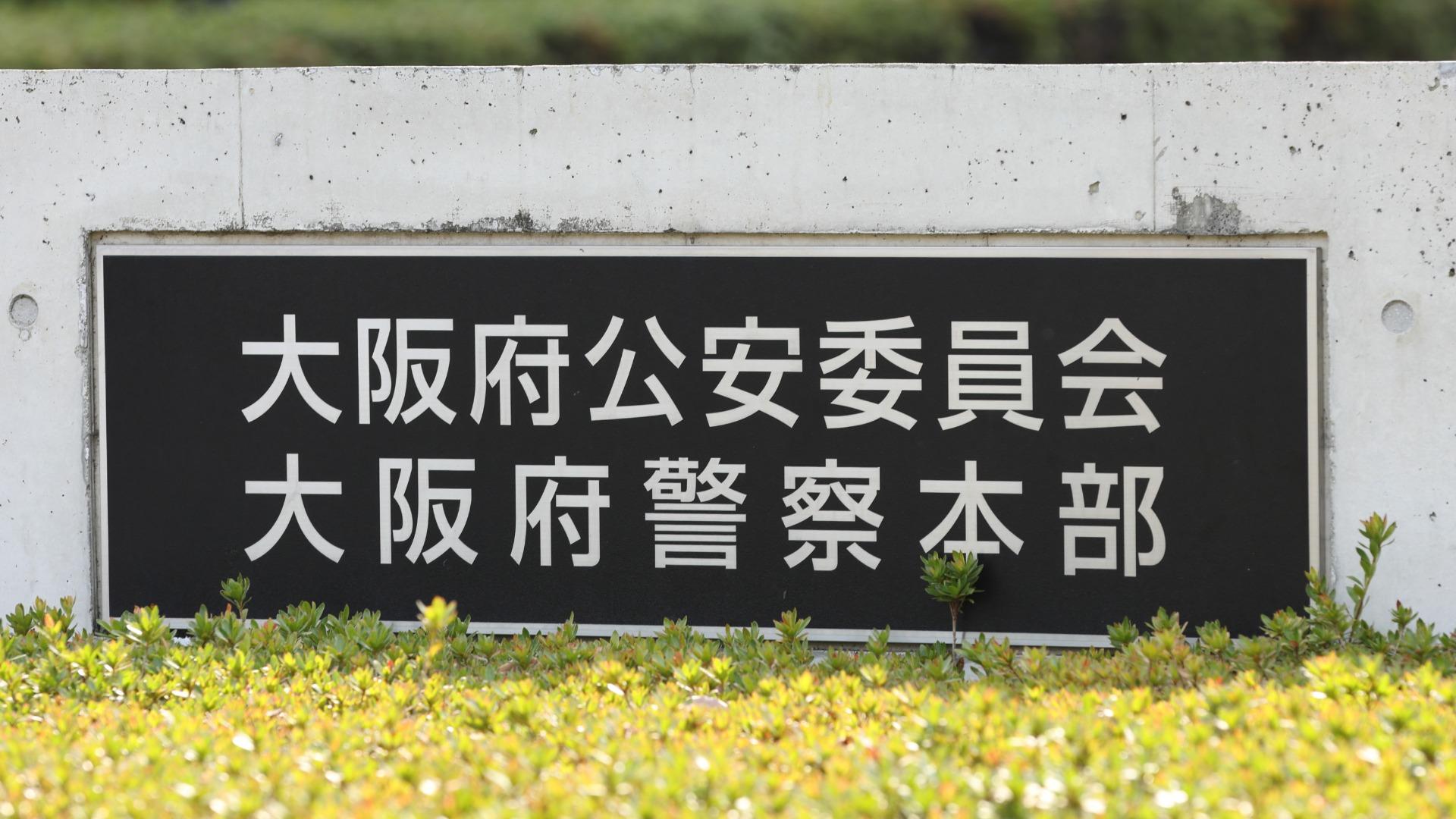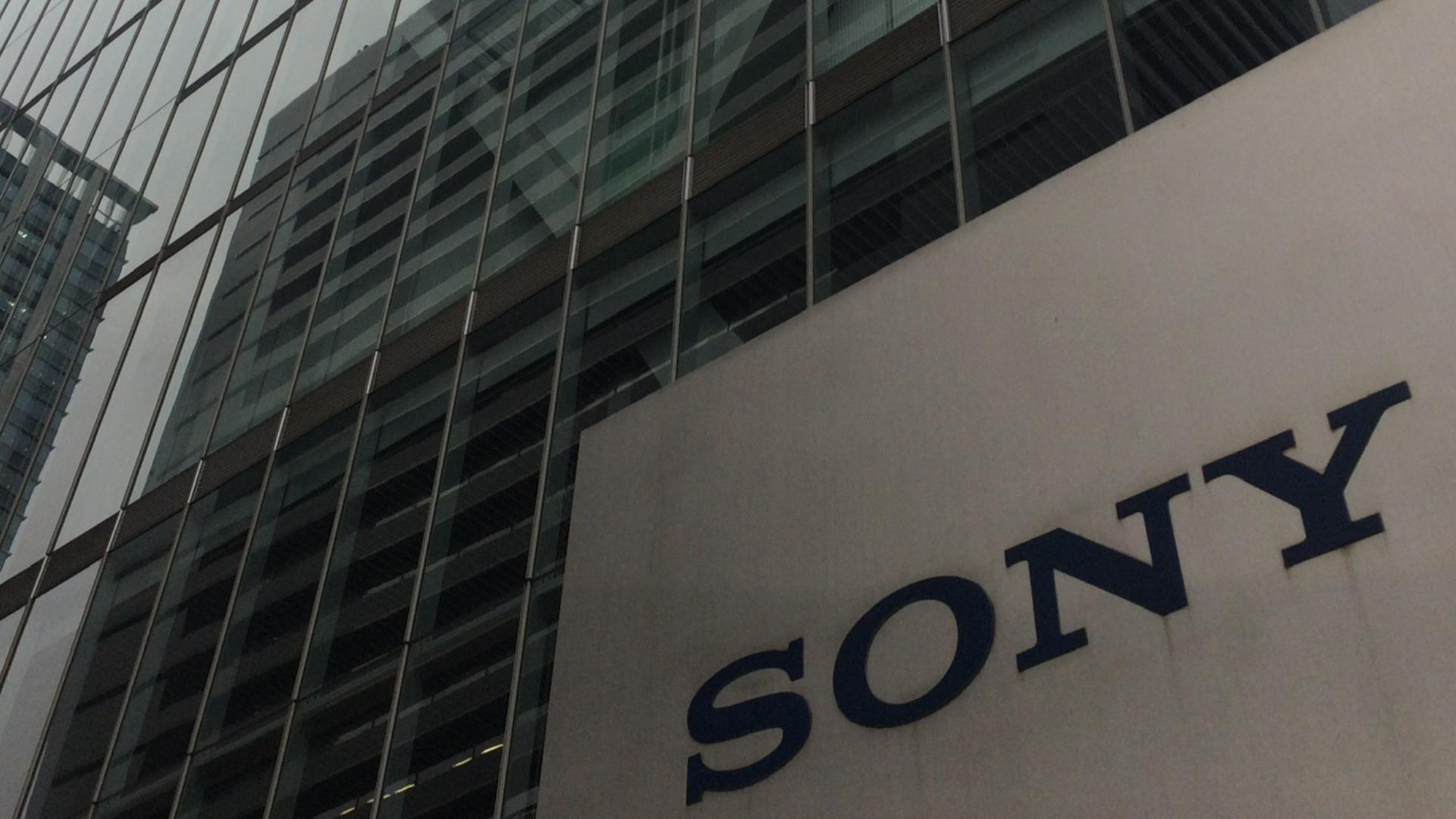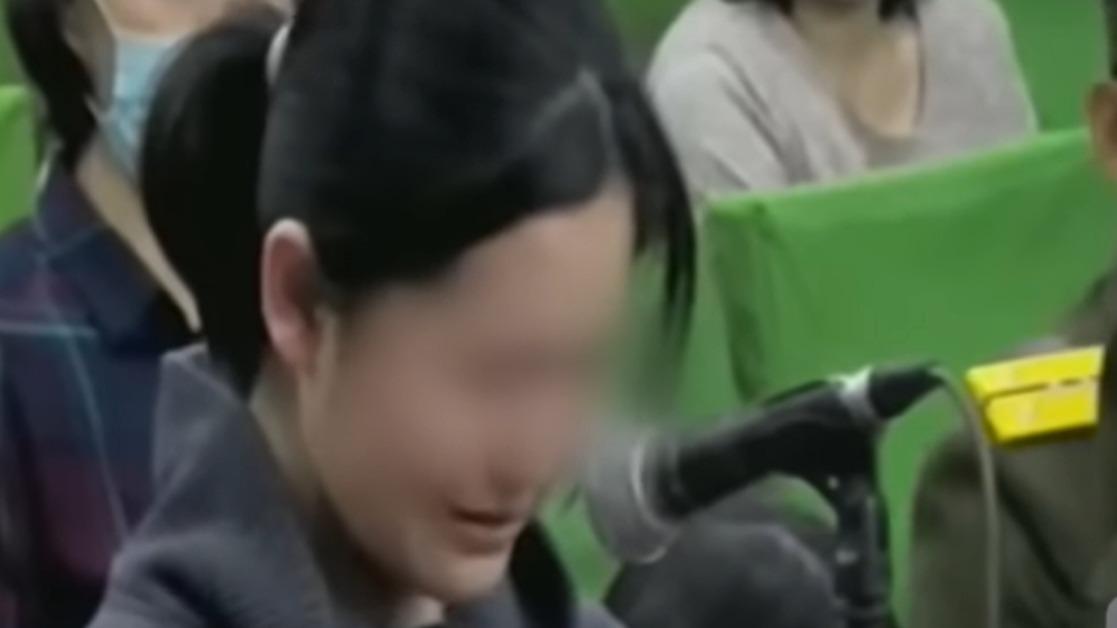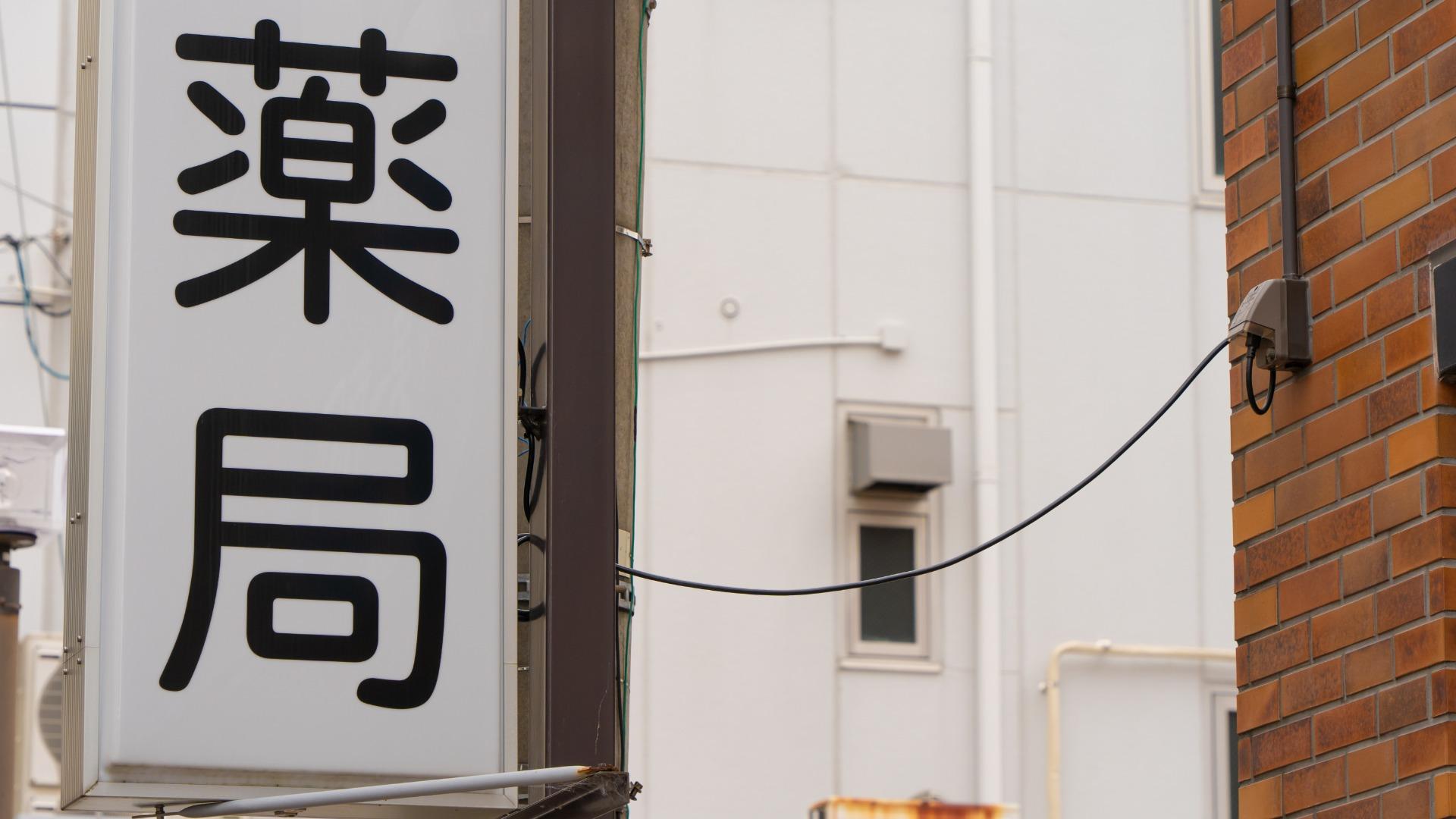Climate Change Confuses Cherry Blossoms in Japan
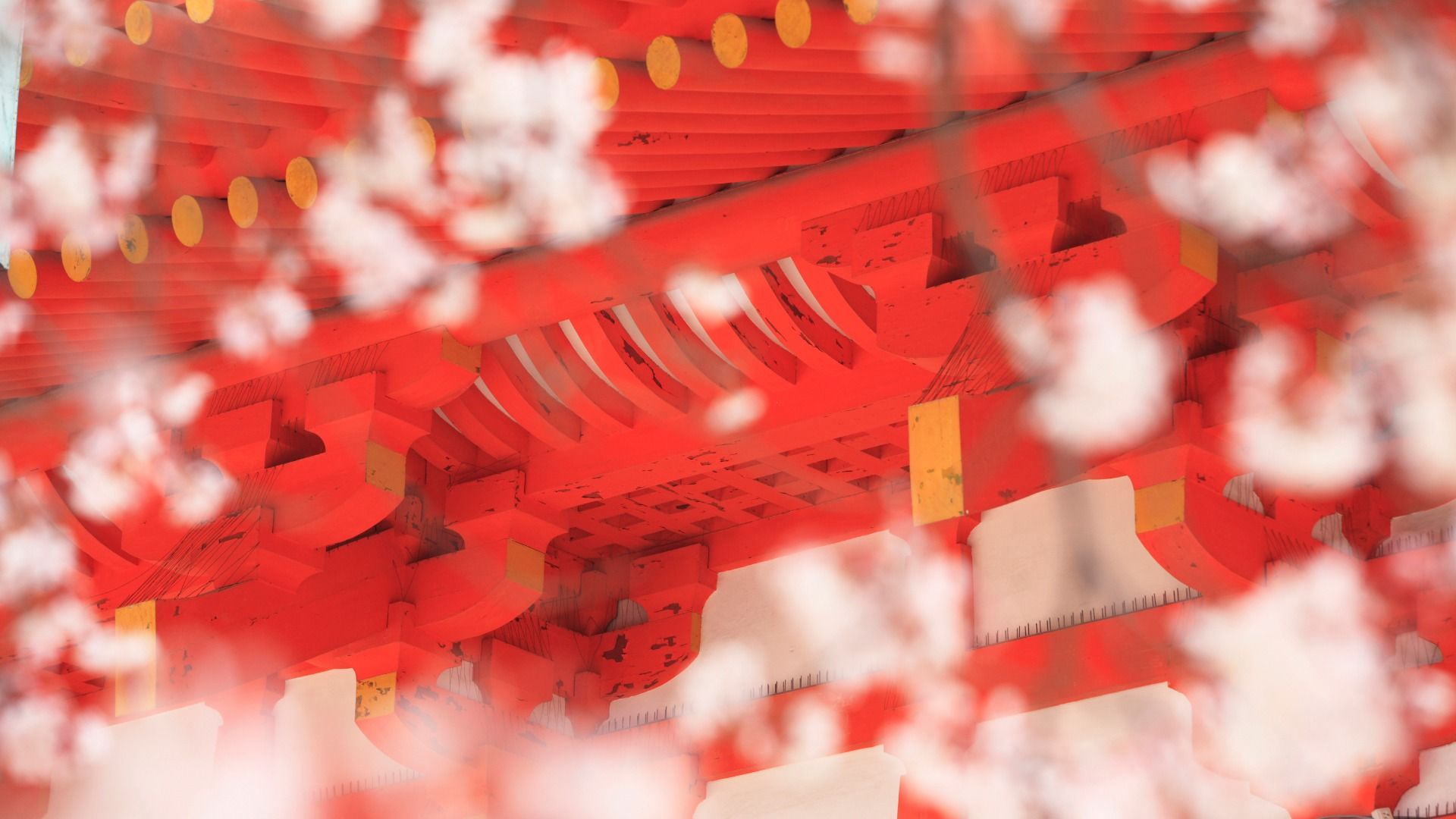
Cherry Blossoms Boost Economies
After a dark, cold winter, cherry blossoms brighten up the atmosphere in spring and loosen the purse strings.
Honorary Professor Katsuhiro Miyamoto at Kansai University released his study in 2018 saying that the economic effect of cherry blossoms in two months was about 650 billion yen (6 billion dollars) per year on average nationwide, which is as big as the economic effect of the Olympics. 60 million people go out to see the spring flowers, spending money for transportation, food and drinks.
Earliest Full Bloom Since 812
This year, cherry blossom appeared much earlier than normal in many places of the country. Surprisingly, according to Osaka Prefecture University, the fact that flowers peaked in Kyoto on March 26th was probably the earliest in 1,200 years. The scholars have looked up a long-term record dating back to 812, by using many diaries and chronicles. They found out this year surpassed the previous record set in 1409 by one day.
2021 Flower Reports
So how fast have the cherry blossom season arrived in 2021? I will be focusing on the most popular kind of cherry blossoms called Somei-yoshino in this article.
According to the modern data collected by the Japan Meteorological Agency (JMA), 26 out of 45 major cities in the four main islands of Japan have seen the earliest start to the cherry blossom season since records began in 1953 as of April 8th. The cities include Tokyo, Osaka, Kyoto, Hiroshima, Kanazawa, Fukushima and Sendai.
Astonishingly, the season began about a couple of weeks earlier than normal years. It was on March 14th in Tokyo, which ties the earliest record set last year. It was on March 16th in Kyoto, 12 days earlier than normal, and on March 28th in Sendai which was 14 days earlier than average.

Definitions of “First Bloom” and “Full Bloom”
So what are the definitions of first bloom and full bloom?
JMA defines the first bloom as when an observation tree has five to six flowers in bloom. Full bloom is the stage when 80% of flowers on an observation tree bloom. There are 58 observation trees nationwide from Okinawa to Hokkaido. The one in Tokyo is located in Yasukuni Shrine. It is easy to find the tree as many media people flock to the tree to broadcast the conditions of the flowers.

Reasons For The Early Bloom
So what exactly is the reason for this year’s early blooming?
Of course, recent warm weather is a significant factor. Japan experienced an unusually warm February followed by a record warmest March. For example, the mean March temperatures in Kyoto was 11.6 degrees Celsius, which was 3.2 degrees higher than normal and the highest since 1881.

However, the warmth is not the only reason. Cherry blossoms are unique as they need to experience cold weather in order to prepare for blooming. It’s called “hibernation break” or “kyumin-daha” in Japanese. Like bears and squirrels, cherry flowers need to hibernate under cold weather to get active in spring. The temperature needed is said to be lower than 5 degrees Celsius.
This year, Japan experienced one of the coldest Januarys on record, possibly blamed on La Nina. That being said, this year had a perfect recipe for early blooming.
What's "400-Degree Rule"?
Ever since JMA stopped forecasting the timing of flowering, several private weather companies compete for the forecast every year based on their own methods and weather models.
However, there is a unique and easy rule of thumb that even non-experts might be able to use. Statistics show that when the sum of daily average temperatures since February 1st reaches 400 degrees Celsius, cherry blossoms begin opening. There is also a 600-degree rule, which is a sum of daily high temperatures since February 1st.
To verify the credibility of these rules, the total daily average temperatures from February 1st to March 13th, a day before Tokyo saw the first bloom were 386.1 degrees, while the sum of daily high temperatures were 593.3 degrees. Almost right!
Climate Change Confuses Cherry Blossoms
In Tokyo, the timing of the first bloom has been pushed back by 7 days over the last 50 years, as the average temperatures are on the rise. The timing could continue to arrive earlier due to climate change, but the trend may reverse at some point.
As stated earlier, cherry flowers need to hibernate under cold weather. If climate change continues to bring warm winters to Japan, temperatures may not reach the level needed for hibernation. If that happens, the flowers may start to bloom later, or they may not even reach their full bloom.
Scientists say the global warming is already distracting cherry blossoms in southwestern Japan’s Kagoshima Prefecture. Although the average temperature for March has risen by 2.5 degrees over the last 50 years, the timing of first bloom has not been changed.
(●=Areas where cherry blossoms may not bloom by 2100. Brown=areas where cherry blossoms may not reach full bloom by 2100.)
Second Quiet Season In A Row
This was the second year of quiet cherry blossom seasons because of the coronavirus. According to aforementioned Professor Miyamoto of Kansai University, this year's economic boost from cherry blossoms will plummet by about 500 billion yen (4.6 billion dollars), which is a 75% drop compared to 2018.
Hope the pandemic will come to an end soon and we can enjoy the cherish of the spring season as it used to be.
==日本語意訳==
桜の経済効果
長く寒い冬が終わった後、桜は世の中のムードを明るくし、財布の紐も緩ませる。関西大学の宮本勝浩名誉教授の試算では、2018年の桜の経済効果は2ヶ月間で6,500億円に上ったという。これは五輪の経済効果にほぼ等しいともいわれている。6,000万人が花見をして、交通費や飲食費にお金を使った。
過去1200年間でもっとも早い満開、京都
今年は桜が記録的な早さで開花した。812年からの京都の桜の記録を分析している大阪府大学によると、今年京都では過去1,200年の間で、史上もっとも早く満開を迎えたという。これまでの最早記録であった1409年を1日早回った。
2021年の桜の記録
1953年から続く気象庁の桜の統計に照らしてみると、今年は主要4島における45か所のうち26か所で、史上もっとも早く桜が開花している。驚くことに今年は約2週間も前倒しで桜が開花し、東京では3月14日となって昨年の記録に並んだほか、京都では平年よりも12日早い16日、仙台では平年よりも14日も早い28日に桜が咲いた。
桜の開花と満開の定義
気象庁は、桜の開花を「標準木の5,6輪の花が咲いたとき」、満開を「標準木の8割の桜が咲いたとき」と定義している。標準木は日本国内に58本あって、東京のそれは靖国神社の境内にある。春になると報道陣がその木を取り囲むので、見つけるのは簡単。
早咲きの理由
なぜ今年の桜シーズンは早かったのか。2月が例年になく暖かかったうえに、3月が観測史上もっとも暖かかったからである。たとえば今年の京都の3月の平均気温は11.6度で、平年を3.2度も上回り、1881年の観測開始以来もっとも暖かい3月となった。
そのうえ1月は低温であった。桜は一定の期間、低温を経験しないと花が咲かない。これは休眠打破と呼ばれるが、クマやリスにように冬眠をしないと春に活動できないのである。そのためには一般に気温が5近くになる必要があるといわれている。
400度の法則
気象庁が桜予想をやめてからというもの、民間気象会社がその予想にしのぎを削っている。しかし専門家でなくても、開花日をある程度予測することができる。それが2月1日からの日平均気温の合計が400度に達すると開花するという「400度の法則」というものである。同じように、日最高気温の合計が600度という法則もある。ではこの精度はいかほどか。例えば東京の今年2月1日から開花前日の3月13日までの日平均気温をたすと386.1度、日最高気温の合計だと593.3度となって、ほぼ正解。
温暖化で狂う桜
東京では過去50年で桜の開花日が7日も前倒しになった。たしかに暖かいと桜が早く咲き出すが、逆に気温が上がり過ぎるとその限りではない。休眠打破ができず、桜が咲くのが遅れるか、咲いても満開に達しないのである。すでに鹿児島などでは影響が出ていて、3月の平均気温は過去50年で2.5度も上がったのに、桜の開花日はほとんど変わっていないという。
静かな桜シーズン
新型コロナウイルスの影響で、今年は2度目の静かな桜シーズンを迎えている。先の宮本教授の試算によると、今年の桜の経済効果は2018年と比べて約5,000億円も下がってしまうかもしれないという。
早くパンデミックが終わり、昔のように大勢で桜を楽しめるような日が来てほしいと願ってならない。






